Speech Therapy is a field of healthcare expertise practiced globally with specialized in the evaluation, diagnosis, treatment, and prevention of communication disorders (speech and language impairments), cognitive-communication disorders, voice disorders, pragmatic disorders, social communication difficulties and swallowing disorder across the lifespan.
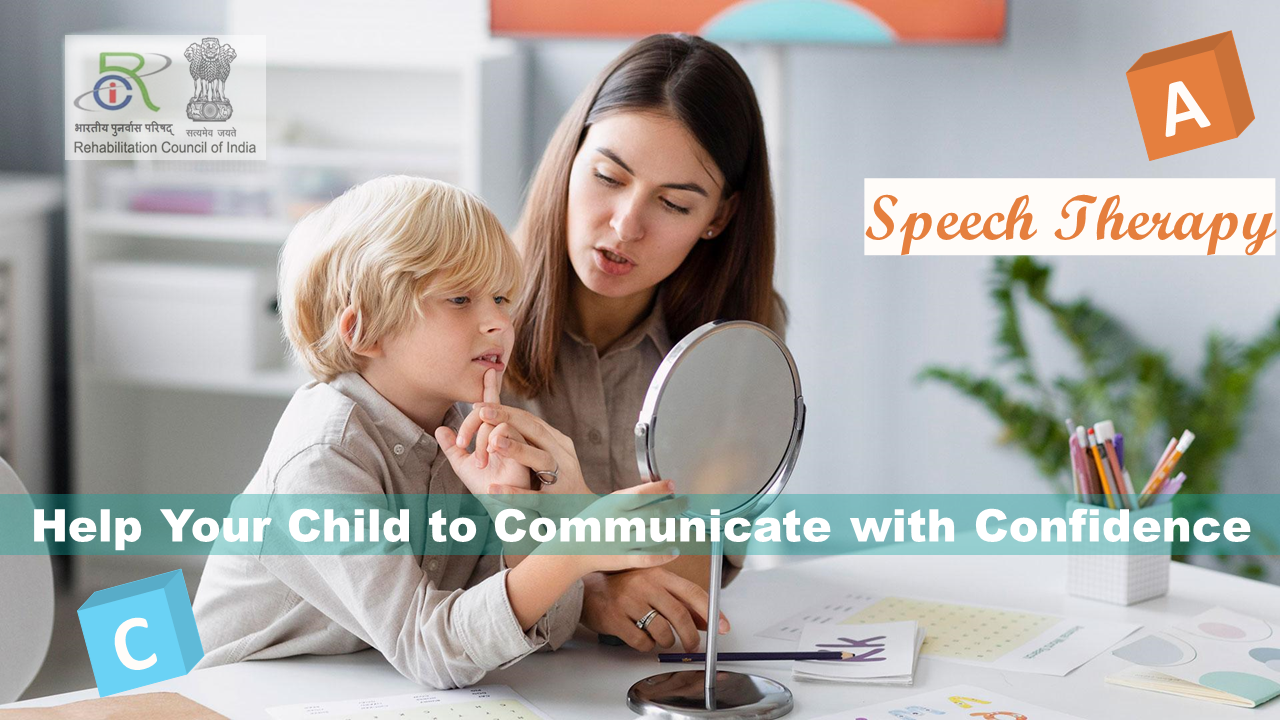
Dementia therapy, also known as dementia care or dementia intervention, refers to a range of treatments and activities designed to support individuals with dementia, a condition characterized by cognitive decline, memory loss, and changes in behavior and communication.
Dementia therapy aims to:
1. Enhance quality of life
2. Improve cognitive function and memory
3. Manage behavioral symptoms (e.g., agitation, aggression)
4. Support communication and social interaction
5. Maintain independence and daily functioning
6. Reduce caregiver stress and burden
Types of dementia therapy:
1. Cognitive Stimulation Therapy (CST): Engaging activities to stimulate thinking and memory.
2. Cognitive Training: Targeted exercises to improve specific cognitive skills.
3. Validation Therapy: Emotionally supportive approach to validate feelings and experiences.
4. Reality Orientation: Helping individuals understand their environment and situation.
5. Reminiscence Therapy: Encouraging memories and life stories.
6. Art, Music, or Pet Therapy: Creative and engaging activities to promote well-being.
7. Occupational Therapy: Supporting daily functioning and independence.
8. Speech and Language Therapy: Enhancing communication skills.
9. Behavioral Therapy: Managing challenging behaviors.
Dementia therapy can be provided by:
1. Speech-language pathologists
2. Occupational therapists
3. Psychologists
4. Social workers
5. Geriatric care managers
6. Dementia care specialists
Therapy can take place in various settings, including:
1. Home
2. Adult day care centers
3. Assisted living facilities
4. Nursing homes
5. Hospitals
6. Outpatient clinics
Early intervention and personalized approaches can significantly impact the effectiveness of dementia therapy.

Difficulty with communication and interaction with other people
Restricted interests and repetitive behaviors
Symptoms that affect their ability to function in school, work, and other areas of life
What are the signs and symptoms of ASD?
Social communication / interaction behaviors may include:
Making little or inconsistent eye contact
Appearing not to look at or listen to people who are talking
Not responding or being slow to respond to one’s name or to other verbal bids for attention
Difficulties adjusting behaviors to social situations
Difficulties sharing in imaginative play or in making friends
Restrictive / repetitive behaviors may include:
Repeating certain behaviors or having unusual behaviors, such as repeating words or phrases (a behavior called echolalia)
Showing overly focused interests, such as with moving objects or parts of objects
Becoming upset by slight changes in a routine and having difficulty with transitions
Being more sensitive or less sensitive than other people to sensory input, such as light, sound, clothing, or temperature
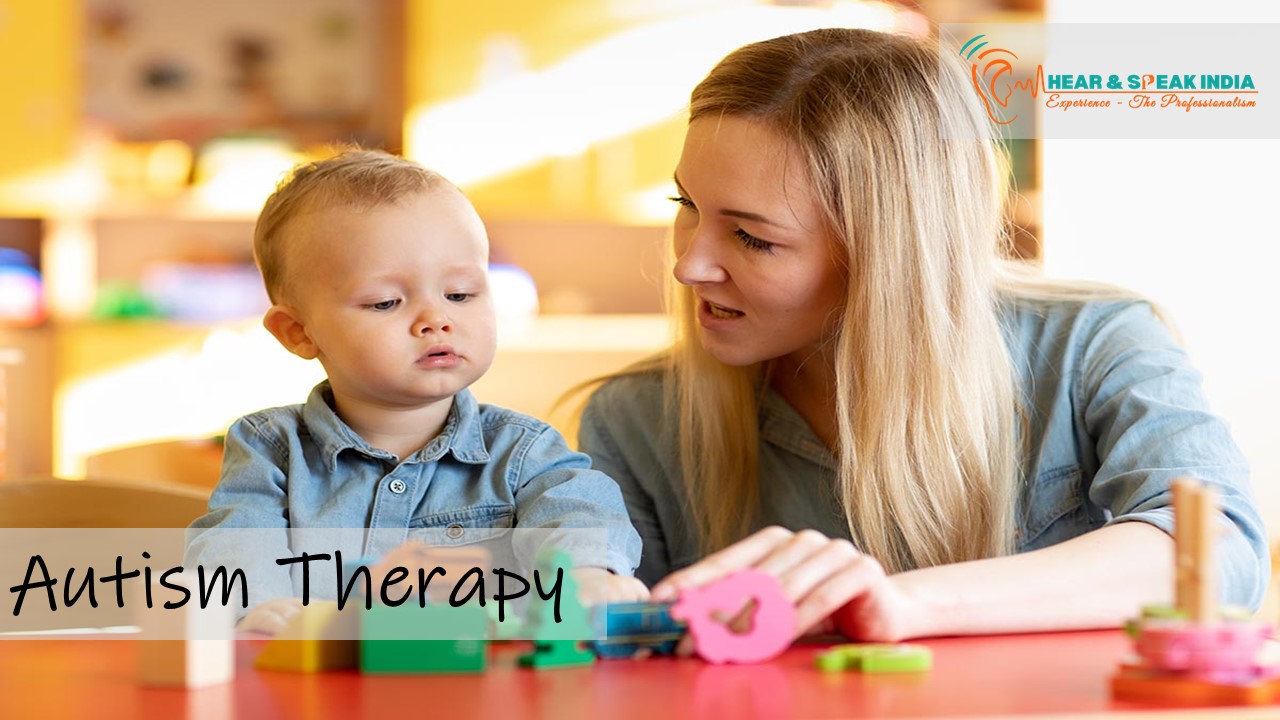
ADHD is a mental health condition that can cause unusual levels of hyperactivity and impulsive behaviors. Children with ADHD may have a hard time focusing on a single task or sitting still for a long period of time.
It can also disrupt executive functioning ability, which helps people evaluate and execute more complex situations.
There is a wide range of behaviors associated with ADHD. Some of the most common symptoms are:
Having trouble focusing or concentrating on tasks
Being forgetful about certain tasks
Being easily distracted
Talking excessively
Interrupting others when they’re carrying out a task
Making frequent mistakes or missing details while they’re studying or working
Losing items frequently
Having trouble organizing daily tasks
Types of ADHD
Predominantly inattentive. People with this type of ADHD have extreme difficulty focusing, finishing tasks, and following instructions.
Predominantly hyperactive-impulsive. People with this type primarily have hyperactive-impulsive behavior, like fidgeting, interrupting people, and not being able to wait their turn.
Combined hyperactive-impulsive and inattentive. People with this type of ADHD have a combined display of inattentive and hyperactive-impulsive behaviors. This may include an inability to pay attention, a tendency toward impulsiveness, and above-average levels of energy and activity.
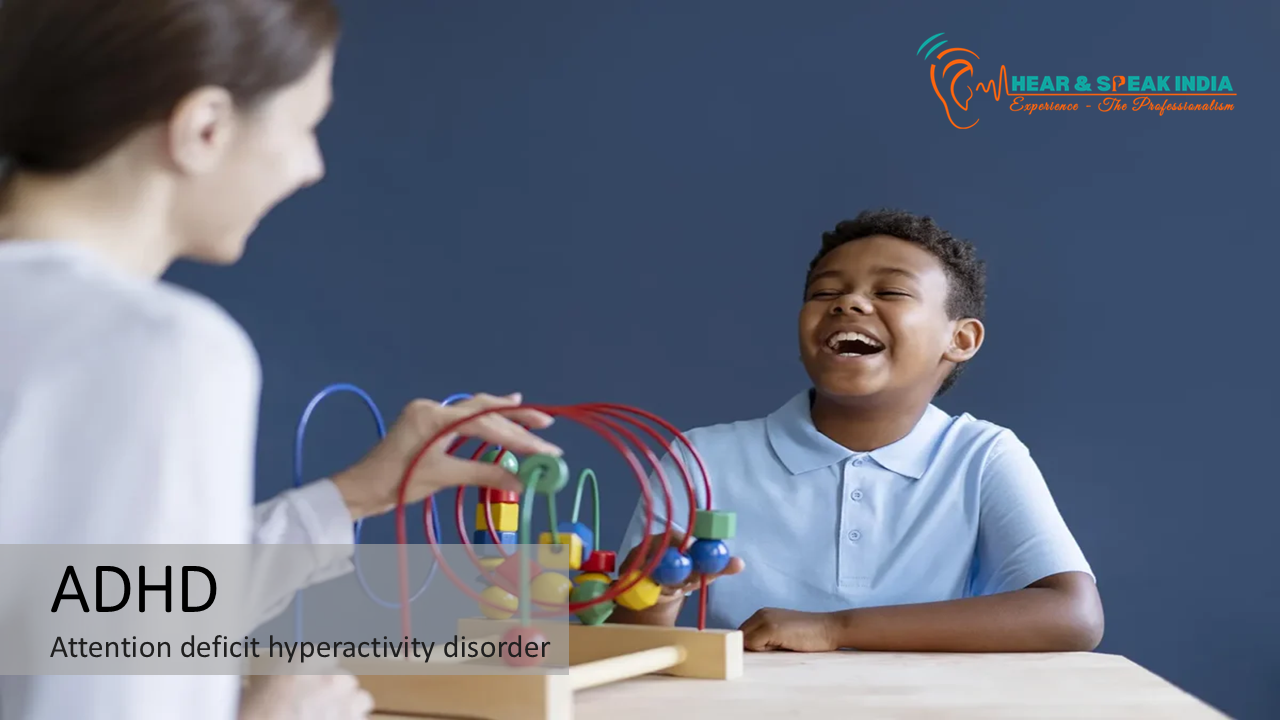
Cognitive therapy is a goal-oriented, evidence-based approach to mental health treatment. It focuses on identifying and changing negative thought patterns, behaviors, and coping mechanisms that contribute to mental health issues.
Through collaborative efforts with a trained/certified therapist, individuals learn practical skills and strategies to:
– Recognize and challenge distorted or unhelpful thinking
– Manage emotions and behaviors more effectively
– Develop healthier relationships and communication skills
– Improve problem-solving and coping abilities
– Enhance overall well-being and resilience
Cognitive therapy is effective in addressing various mental health conditions, including anxiety, depression, trauma, Stroke, Aphasia, Learning Disability and many more. By empowering individuals with new insights and skills, cognitive therapy promotes lasting positive change and improved mental health.
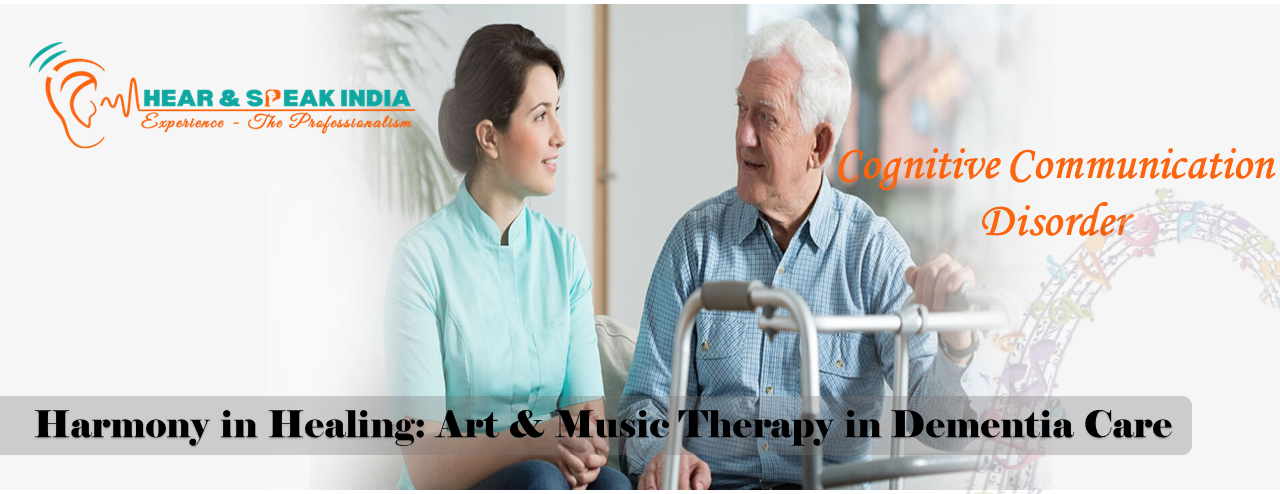
Language therapy, also known as speech-language pathology, is a type of therapy that focuses on the assessment, diagnosis, and treatment of communication disorders related to language. It aims to improve an individual’s ability to understand, express, and use language effectively.
Language therapy can help with:
1. Language development delays or disorders
2. Aphasia (language difficulties after stroke or brain injury)
3. Dysarthria (speech difficulties due to neurological conditions)
4. Apraxia (difficulty coordinating muscle movements for speech)
5. Language processing difficulties
6. Vocabulary expansion
7. Grammar and sentence structure improvement
8. Conversational skills development
9. Reading and writing skills enhancement
10. Accent modification
Language therapy can benefit individuals of all ages, from children to adults, and can be conducted in individual or group settings.
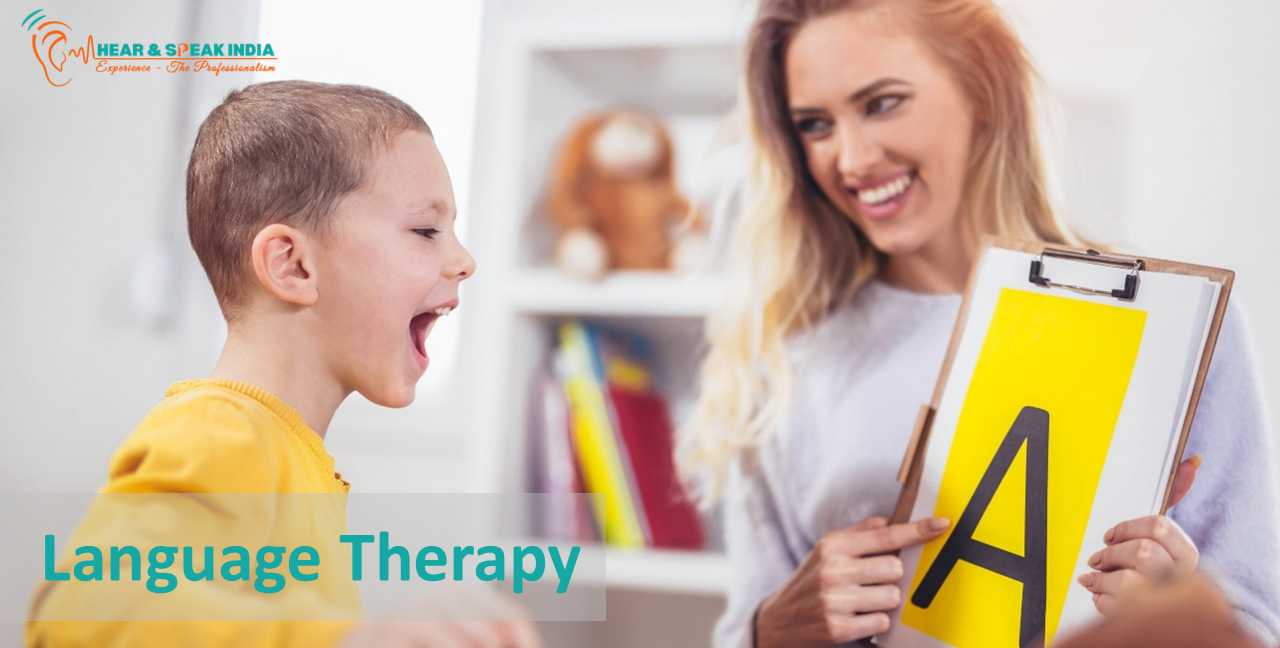
A Parent-Infant Program (PIP) is an early intervention service that supports the development of infants (0-3 years) with developmental delays, disabilities, or at risk of delays. The program focuses on empowering parents and caregivers to enhance their child’s cognitive, social-emotional, language, and physical development.
Key components of a Parent-Infant Program:
1. Family-centered approach: Involves parents/caregivers in the intervention process.
2. Home-based sessions: Therapists visit the family’s home to provide support.
3. Coaching and guidance: Therapists coach parents/caregivers on strategies to promote development.
4. Play-based interventions: Activities are designed to be fun and engaging for infants.
5. Goal-oriented: Families and therapists set goals together to address specific needs.
6. Interdisciplinary team: May include speech therapists, occupational therapists, physical therapists, and developmental specialists.
PIP aims to:
1. Enhance parent-infant interaction and bonding
2. Foster a nurturing environment for development
3. Promote healthy development and minimize delays
4. Support parents/caregivers in understanding their infant’s needs
5. Connect families with community resources and services
By supporting parents and caregivers, Parent-Infant Programs help infants build a strong foundation for future growth, development, and success.
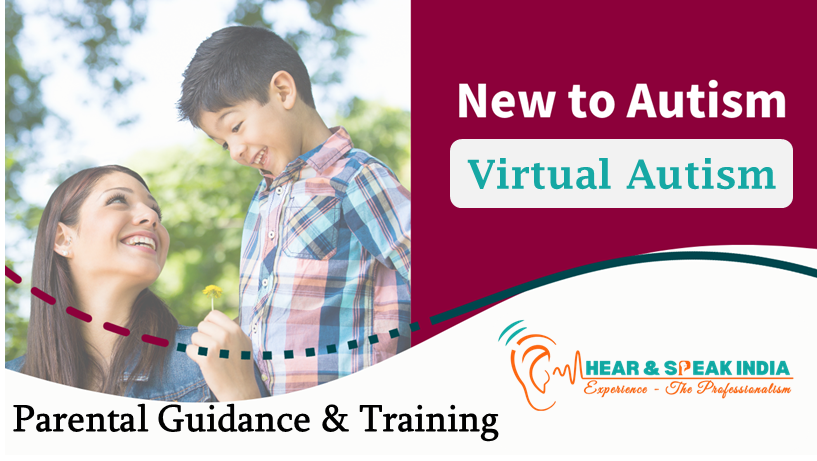
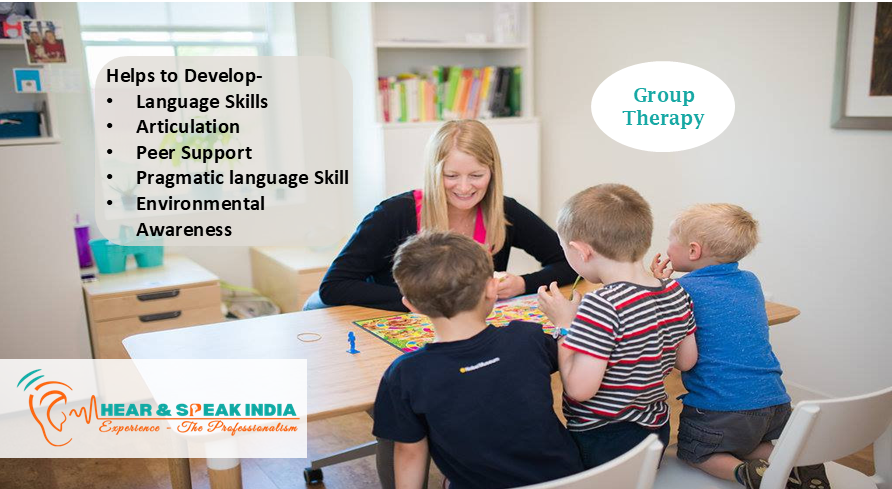
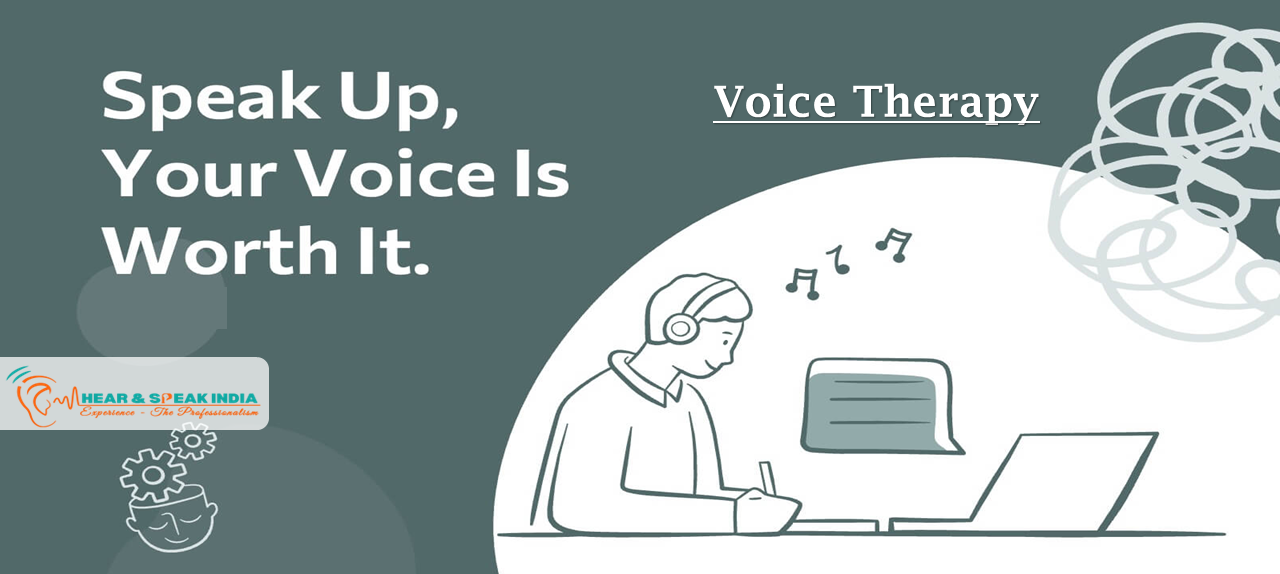
consists of techniques and procedures that target vocal parameters, such as vocal fold closure, pitch, volume, and quality. This therapy is provided by speech Therapist and is primarily used to aid in the management of voice disorders.
Resonant voice is the oral vibratory sensations in an individual’s alveolar ridge, lips, or higher in the face. Some points that RVT focuses on are oral sensations, easy phonation, and sensory awareness. According to ASHA, Resonant voice therapy uses a continuum of oral sensations and easy phonation, building from basic speech gestures through conversational speech. With the goal to achieve the strongest, “cleanest” possible voice with the least effort and impact between the vocal folds.
Created by Dr. Katherine Verdolini-Abbott is a therapy technique that highlights a forward focus, easy phonation and sensory processing.
Sustaining all voiced consonants ( /m/, /n/ and /z/), feeling sensation on voiced consonants (‘mention’, and ‘the machine is broken’)
This can be used in clients that have hyperfunctional voice disorders who would benefit from an increase in the airflow and a decrease in muscle action during phonation. This approach focuses on the larynx and surrounding structures and reduces any excess respiratory effort that would impact the vocal folds through clinician modeling and client imitation. The sensory processing component comes from the client feeling the vibrations during phonation in their mouth or alveolar ridge and face
Arthur Lessac described resonance as the Y-Buzz in 1997.
This technique draws emphasis on the vibration (resonance) of the speaker’s ‘hard palate, alveolar ridge and nasal septum’ (Stewart, Kling & Allen, 2016 pg. 163). The focus of the Y-Buzz technique is to create an easy resonant tone that does not cause tension or constriction in the vocal folds. Additionally, this technique draws kinesthetic awareness to vocal fold vibration to develop an individual’s voice holistically with efficient power and flexibility. One method of the Y-Buzz is to say a word that starts with ‘y’ such as you and then the long vowel /i/ such as easy. By producing these sounds the client should feel a buzz like vibration on the alveolar ridge area.
Vocal Hygiene is a daily regimen of good habits to maintain the health of your vocal folds. These include eliminating inappropriate vocal habits and situations that place unnecessary wear and tear on the voice and common sense behaviors which contribute to efficient voice production and overall vocal health.
Avoid Irritants
Cigarettes and second hand smoke
Reflux Refer to GERD/LPR handout for additional information. Over the Counter (OTC) Medications See an Ear, Nose & Throat doctor who specializes in voice disorders (a laryngologist) for prescription medications which may be less drying Take Care of Your Body
Hydration Drink 6 – 8 eight-ounce glasses of water/day.
Rest
Exercise and Good Nutrition
Avoid throat clearing and coughing
Avoid whispering.
Warm up your voice before making big demands on it
Vocal Ergonomics
Avoid Repeated Stress on the Voice